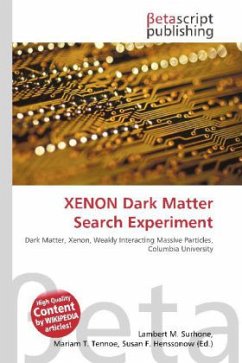High Quality Content by WIKIPEDIA articles! The inability of a reactor to be started due to the effects of Xe-135 is sometimes referred to as xenon precluded start-up. During periods of steady state operation at a constant neutron flux level, the Xe-135 concentration builds up to its equilibrium value for that reactor power in about 40 to 50 hours. When the reactor power is increased, Xe-135 concentration initially decreases because the burn up is increased at the new higher power level. Because 95% of the Xe-135 production is from decay of iodine-135, which has a 6 to 7 hour half-life, the production of Xe-135 remains constant; at this point, the Xe-135 concentration reaches a minimum. The concentration then increases to the new equilibrium level for the new power level in roughly 40 to 50 hours. During the initial 4 to 6 hours following the power change, the magnitude and the rate of change of concentration is dependent upon the initial power level and on the amount of change in power level; the Xe-135 concentration change is greater for a larger change in power level. When reactor power is decreased, the process is reversed.
Bitte wählen Sie Ihr Anliegen aus.
Rechnungen
Retourenschein anfordern
Bestellstatus
Storno








